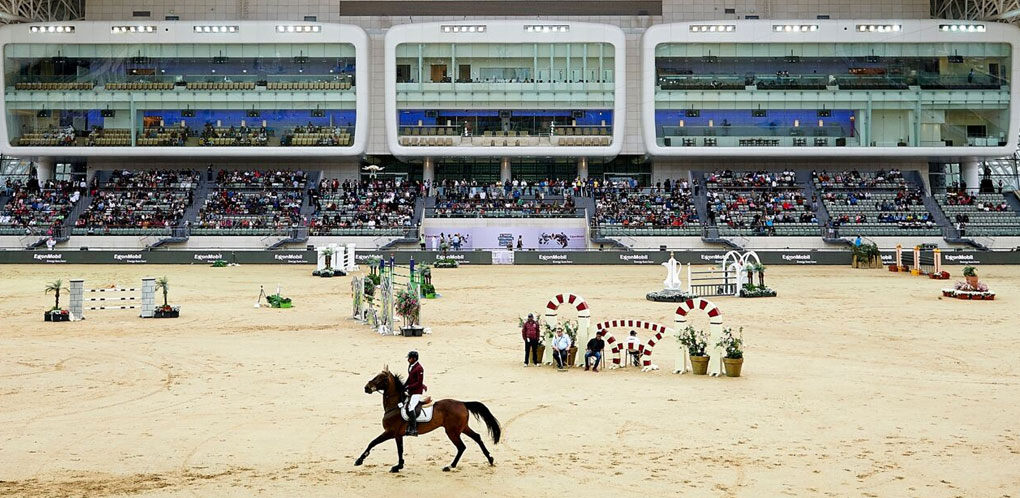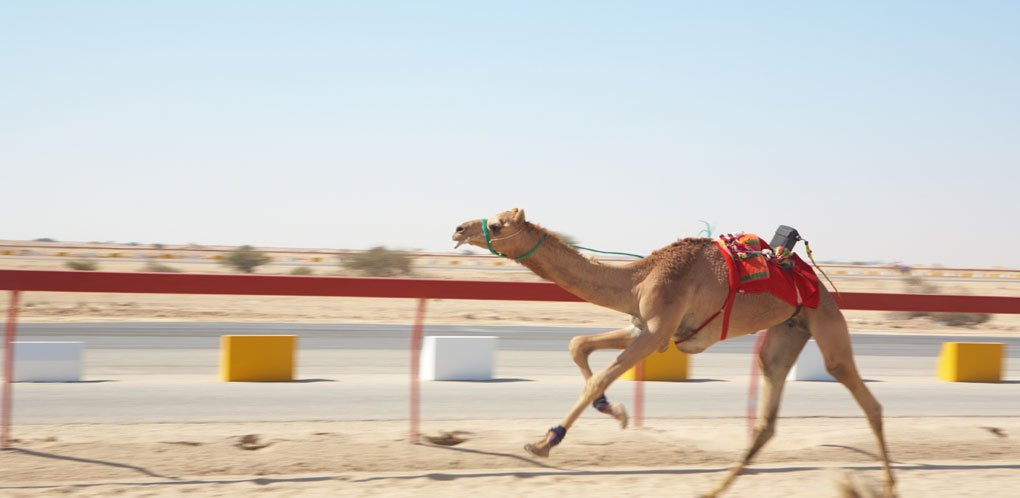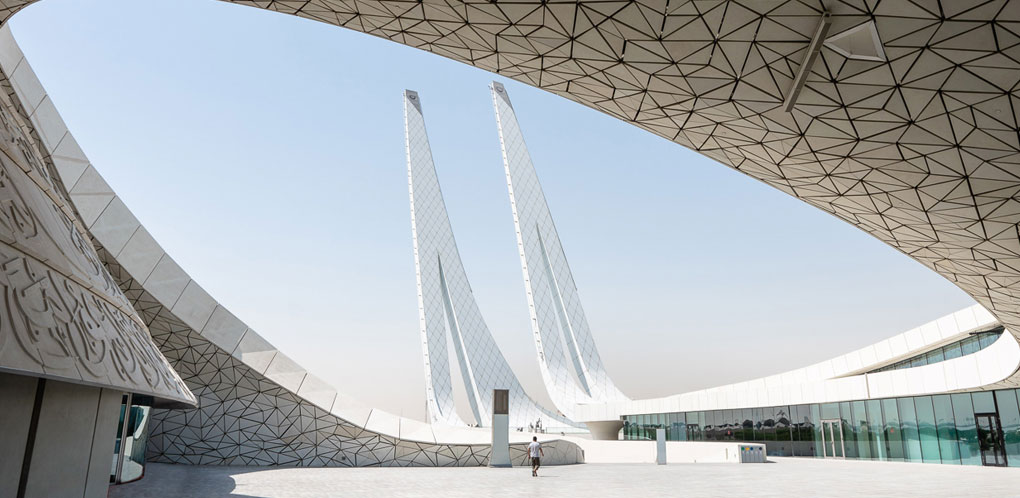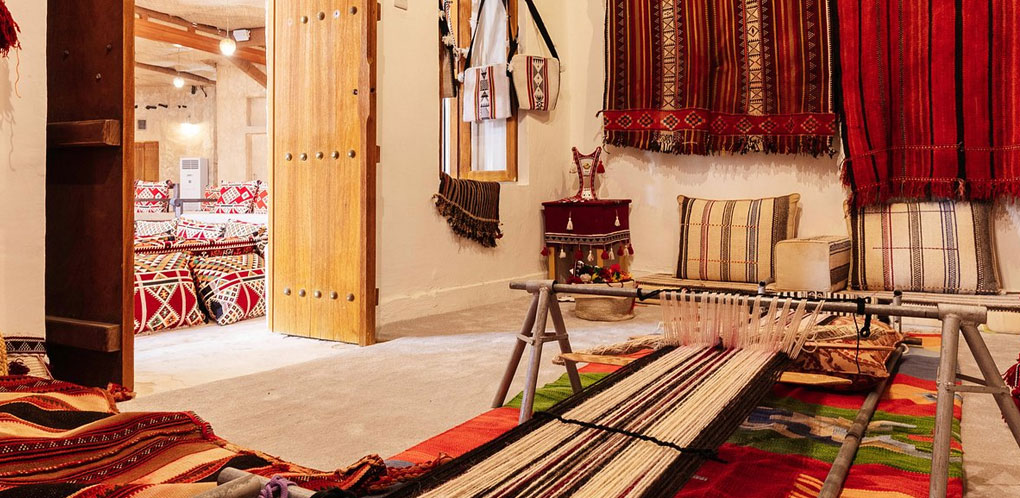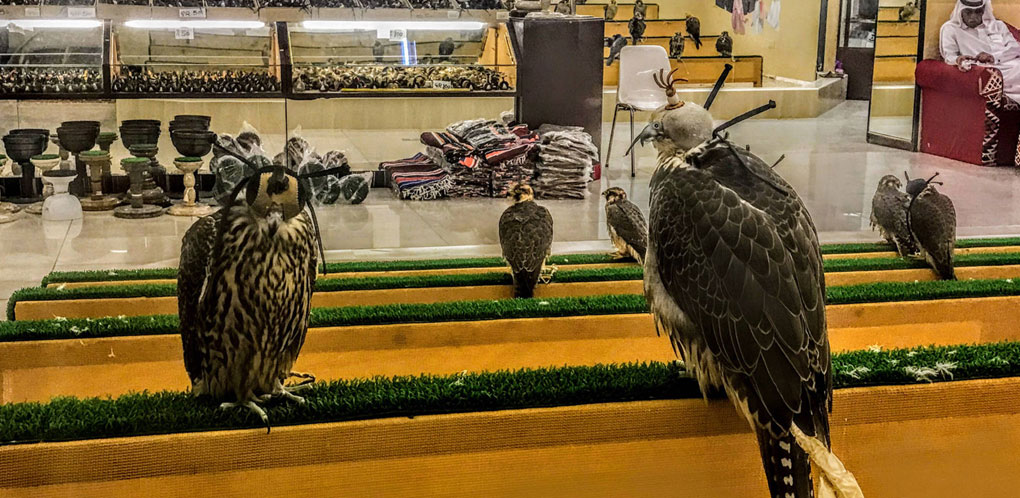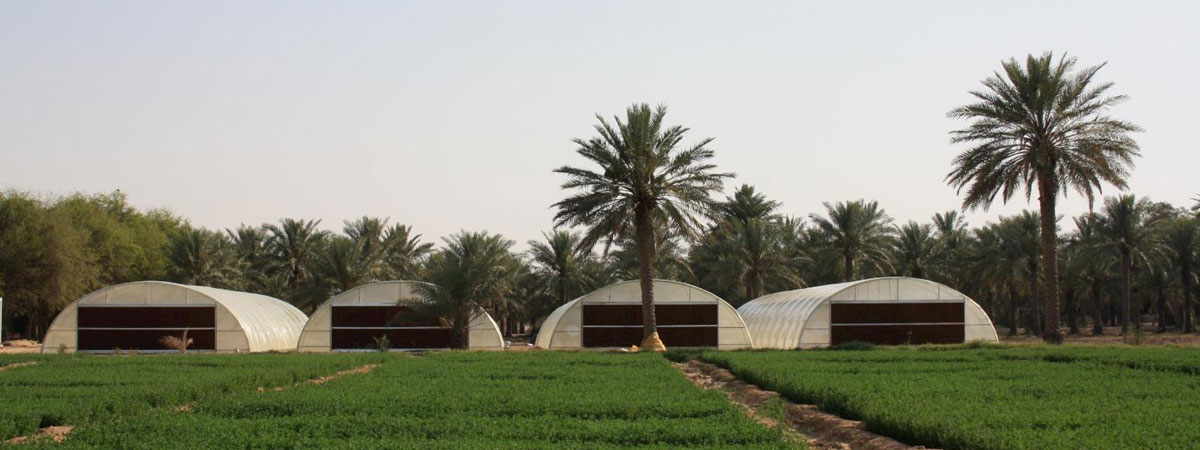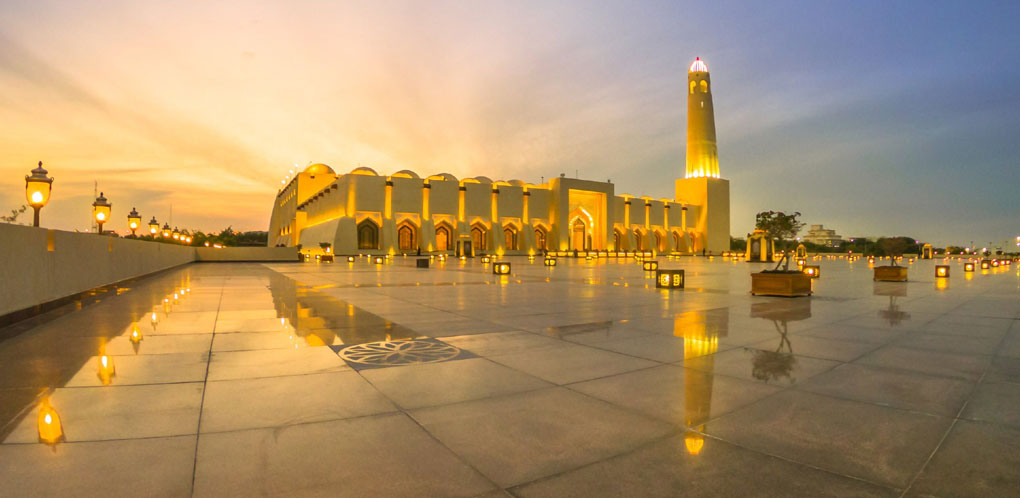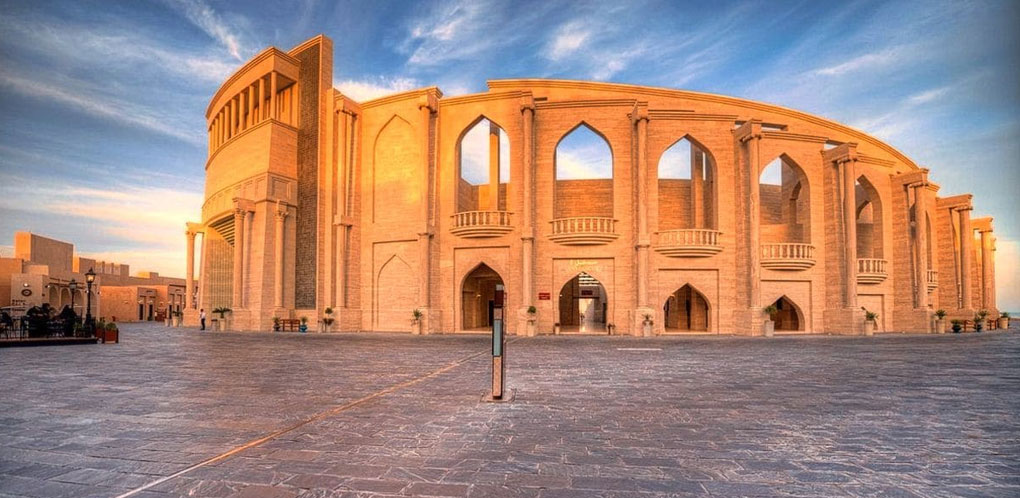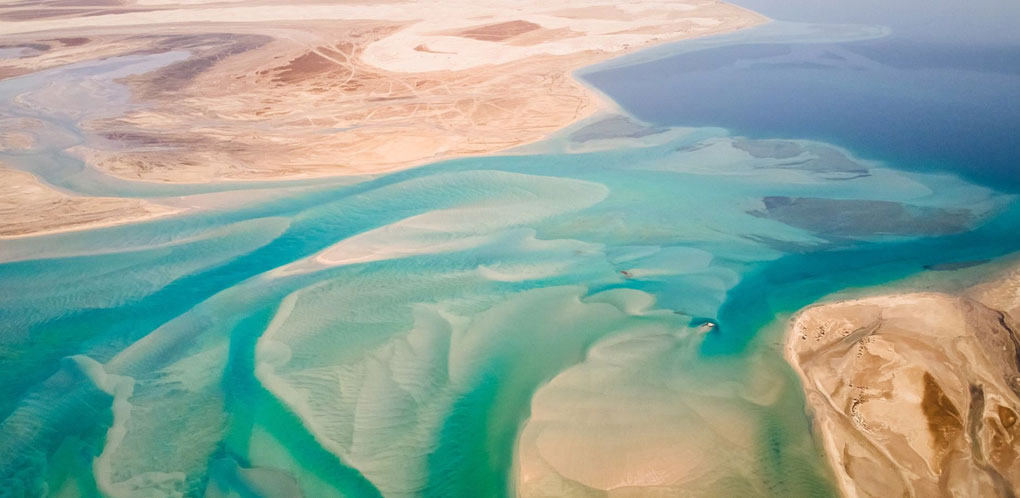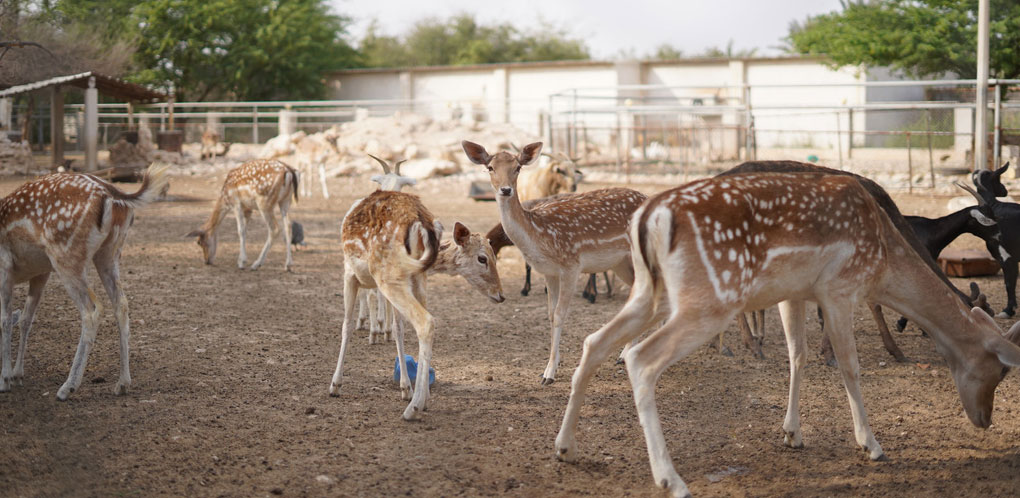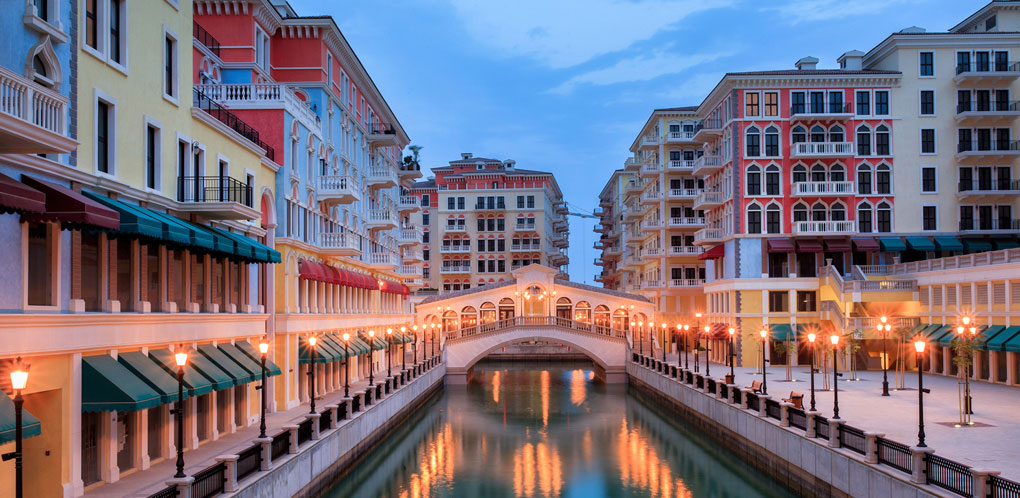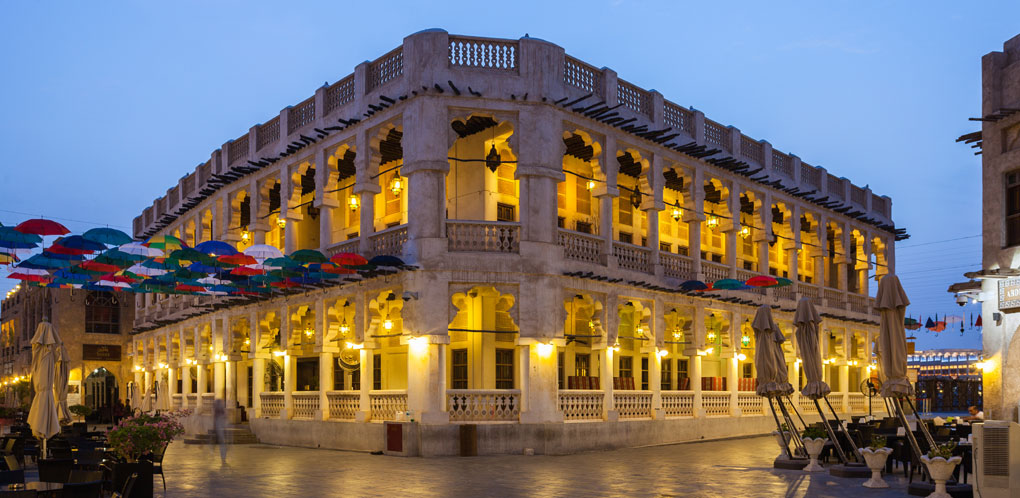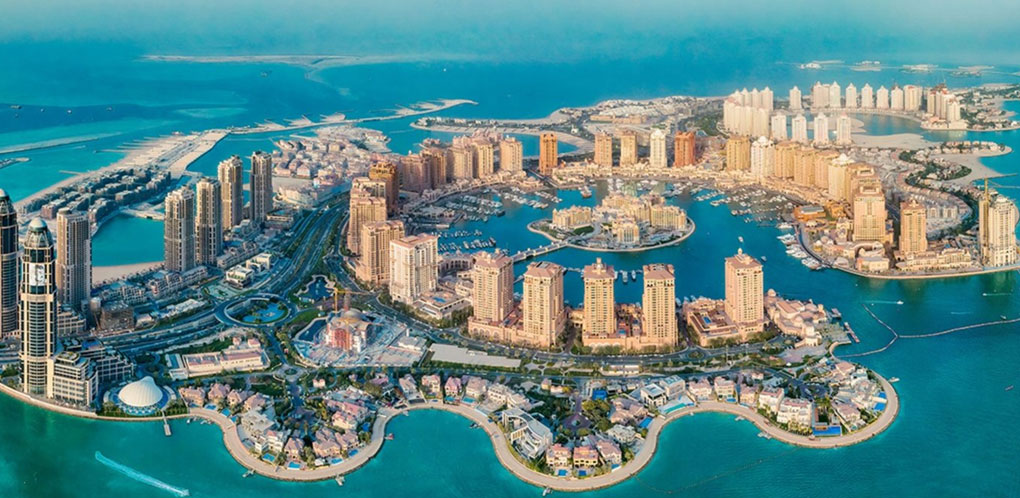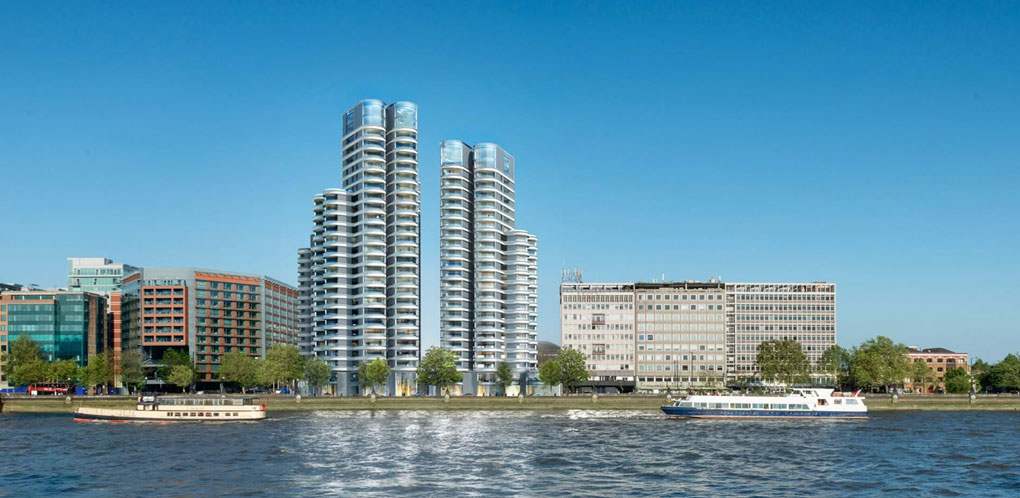
Sir Bani Yas
Ṣīr Banī Yās is a natural island located 170 km (110 mi) southwest of Abu Dhabi, the capital of the United Arab Emirates. It lies 9 km (5.6 mi) offshore from Jebel Dhanna, which serves as a crossing point to other islands such as Dalma. Sir Bani Yas is 17.5 km (10.9 mi) from north to south and 9 km (5.6 mi) from east to west, making it the largest natural island in the United Arab Emirates. Located just off the shore of the western region of Abu Dhabi, Sir Bani Yas was originally home to Arabia’s largest wildlife reserve.
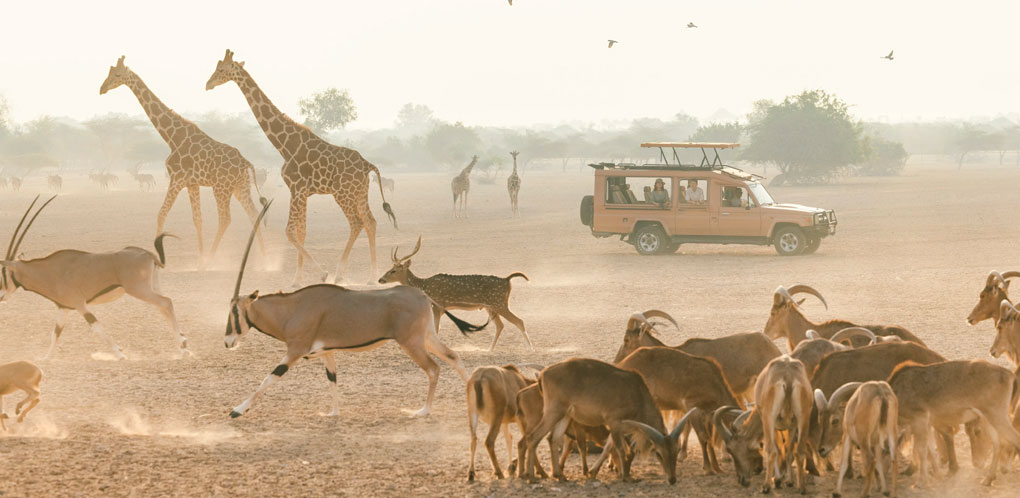
Spanning over 87 km2 (34 sq mi), the reserve was established in 1977 by Sheikh Zayed Bin Sultan Al Nahyan. Due to decades of conservation work and ecological investment, it is now home to thousands of large free-roaming animals and several million trees and plants. A bird sanctuary as well as a wildlife reserve, Sir Bani Yas showcases nature through activities such as adventure safaris, kayaking, mountain biking, archery, hiking and snorkeling.
History of Sir Bani Yas
The name Sir Bani Yas finds its origins in the Bani Yas tribe, the earliest inhabitants of Abu Dhabi. The island itself is the product of natural geological forces, being the crest of a salt dome formed millions of years ago.
Human settlement on Sir Bani Yas dates back several millennia, with thirty-six archaeological sites discovered across the island, each offering unique insights into its rich history. Among these sites is a Bronze Age Dilmun trading port dating back to around 1800 BC, revealing artifacts such as a Dilmun stamp seal and Harappan sherds. Another significant site is the remnants of a Nestorian Christian monastery dating back to 600 AD, meticulously covered for conservation.
The island boasts a wealth of historical landmarks, including remnants of Late Stone Age and early Islamic structures. Notably, it is home to the only pre-Islamic Christian site found in the UAE—a 7th-century church opened to the public in 2010 after its discovery in 1992. Archaeological investigations, led by Dr. Joseph Elders, suggest its use by Nestorian Christians until around 750 AD.
European literature first mentions Sir Bani Yas around 1590, noted by the Venetian jeweler Gasparo Balbi as an island abundant in pearls. British naval officers further detailed the island during the 1820s and 1850s while surveying the Gulf waters.
In 1971, Sheikh Zayed, the first president of the United Arab Emirates, selected Sir Bani Yas as his retreat. By 1977, he enacted a law prohibiting hunting on the island and initiated its development into a wildlife preserve as part of his “Greening of the Desert” program. Millions of trees were planted, and various animal species were introduced, including gazelles, oryxes, llamas, hyraxes, giraffes, and ostriches. Once established, the reserve was opened to weekend tourists, with visits becoming so popular that bookings often had to be made over a year in advance.

